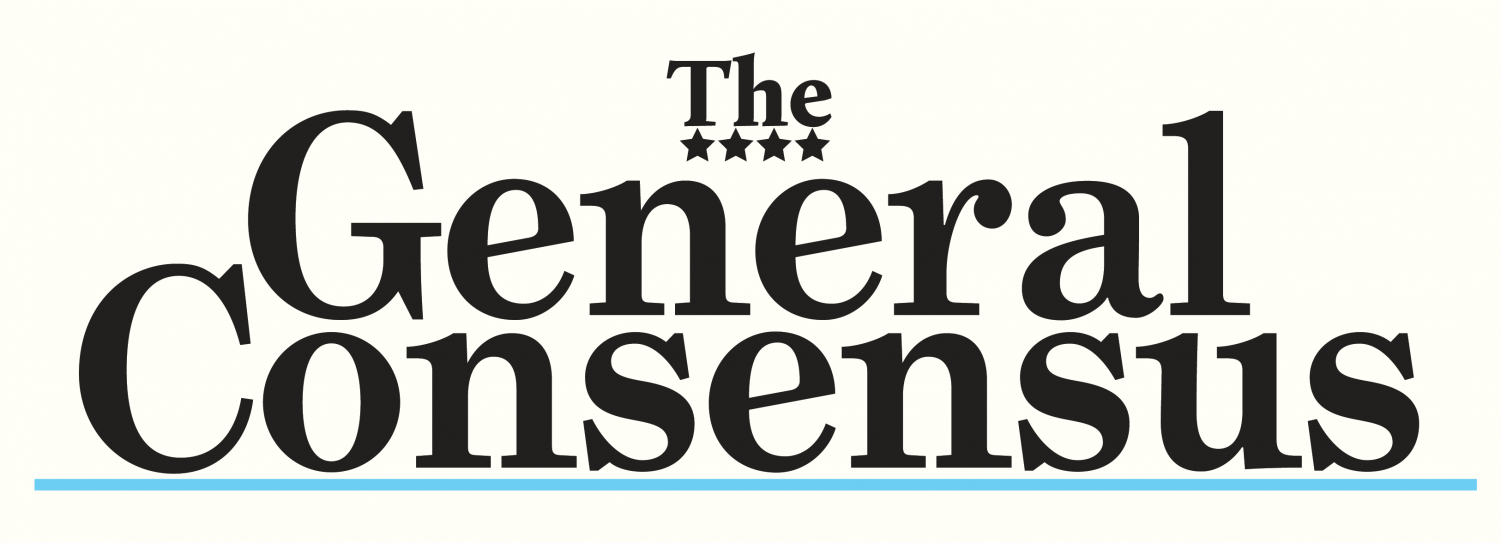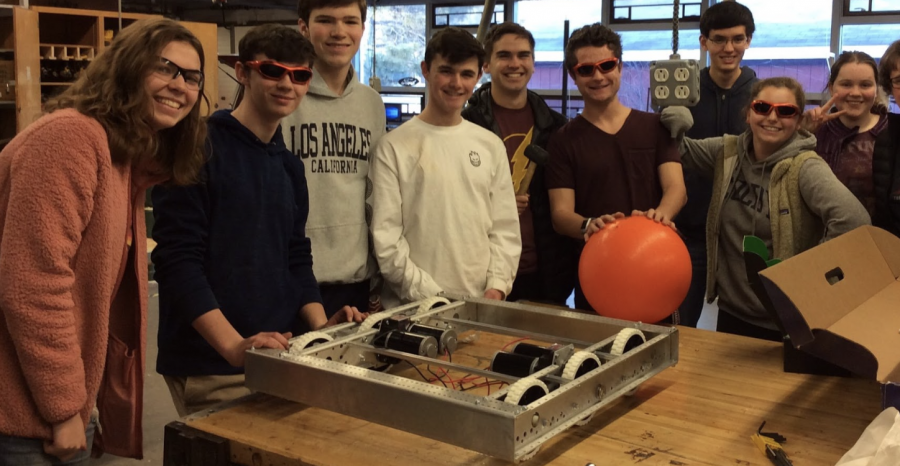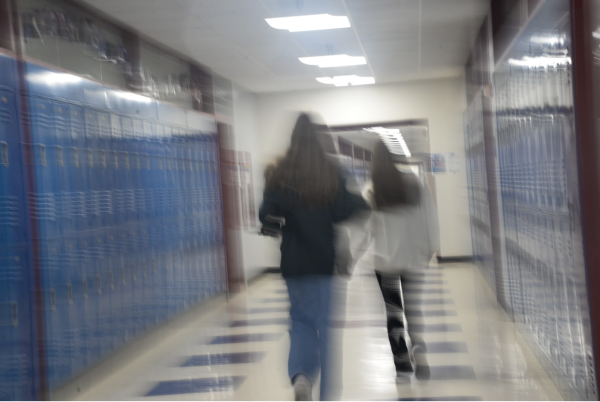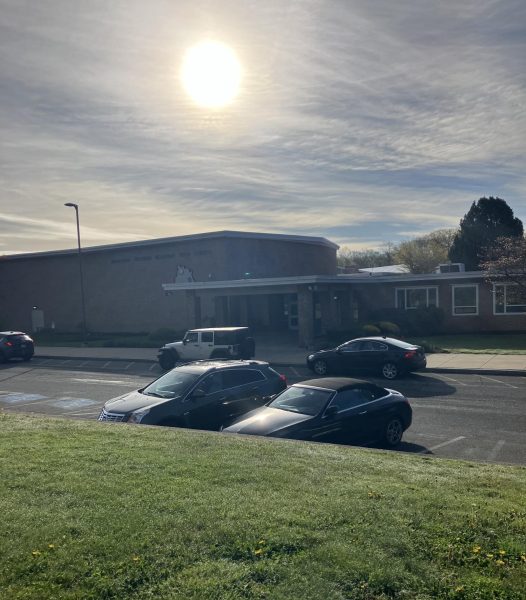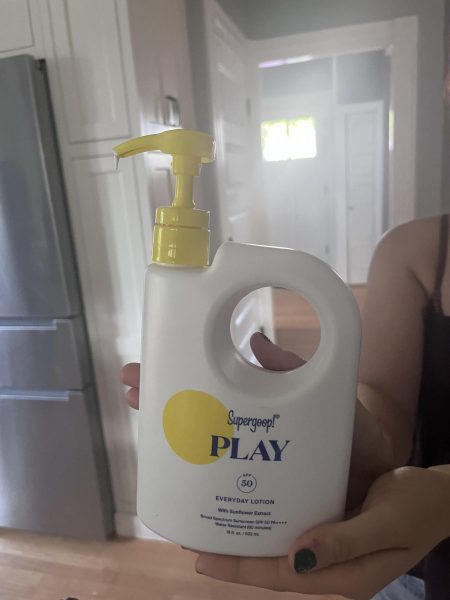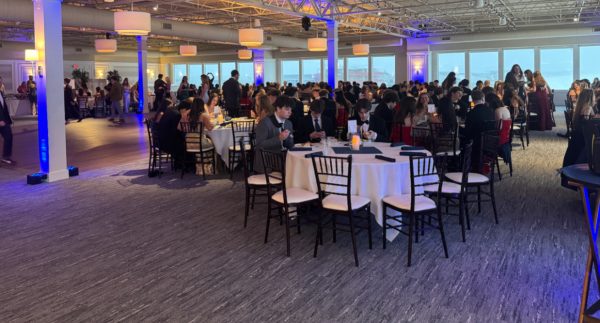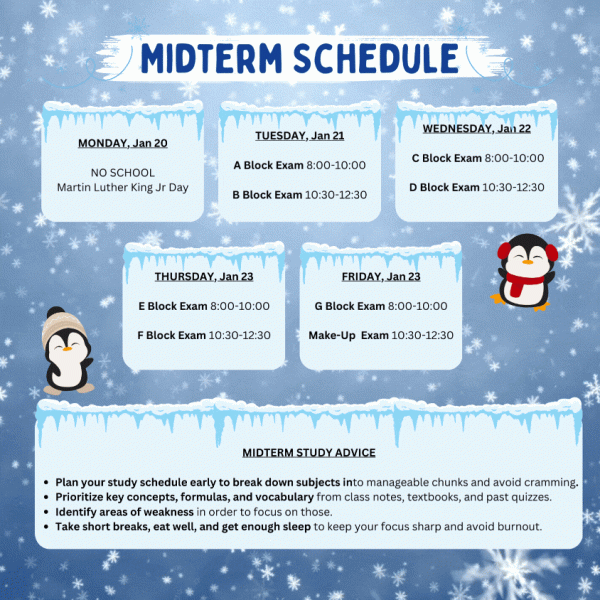The future of STEM
Are you interested in science, technology, engineering, or math? There are over seventy careers connected to the STEM field, which means that the world is in need of students who are interested in science, technology, engineering, or math. Are you interested in finding ways to incorporate what you are learning in class in your life? Do you like to work with others and compete? Then these clubs are for you. The Science Club, Math Team, and Robotics Club are all STEM-based clubs. These clubs have the power to foster new thinking and understanding, so don’t walk away from the great opportunities provided.
The Science Club explores different STEM careers and finds some practical uses of what you learn in class. The club focuses on the things students are most interested in and the topics they want to explore more. Nidhi Pillai and Chloe Ting are specifically focusing on tumors and cancer in space. This club is very unique due to the way that they apply the knowledge they gain from class into their lives. They meet every Wednesday during the second half of powerblock, which is not a big time commitment. This also allows students more time in their schedule.
The Science Club has been focusing their time on preparing for their next competition, Genes in Space. The organization’s mission is, “If you’ve ever wondered how astronauts might survive a deep-space mission or how we might use biology to transform new worlds, Genes in Space is for you: Propose an experiment that utilizes molecular biology capabilities aboard the ISS, specifically polymerase chain reaction (PCR).”
In order to prepare for this competition, they have to create a hypothesis about a way to use the PCR to solve a problem in the international Space Station, which is perfect for the Science Club since the school already owns a PCR. A PCR, or polymerase chain reaction, is a technique used to replicate part of a DNA segment multiple times. This year, Nidhi’s and Chloe’s group is focusing on cancer. They will be conducting an experiment involving tumors and cancer while using the PCR. If they win the competition, then their experiment will be conducted in the International Space Station.
While working on their proposal, Nidhi and Chloe got the chance to meet with a gene specialist, Sarah Cline, at Cell Signaling. She helped them with their proposal for the Genes in Space competition. Nidhi shared about their meeting with Sarah and said, “She helped us with our proposal and it was really cool to see future careers and explore different pathways.”
If the competition and work the Science Club doesn’t seem compelling enough, then you should consider how it runs. The club is very flexible and what they focus on is catered to student interests and passions. Joining the club is a great way to dip your toes in the water and see if you are interested in a STEM career. The Science Club, advised by Mrs. Dolan, is also looking for new members so they can collaborate with different people and the addition of members would also allow them to participate in more competitions.
The Hamilton-Wenham Math Team undoubtedly has the longest running history among all the other clubs. It was started in the 1970s by Mr. Swanson and since then it has been successful year after year. Over the past several years, the team has participated in the Massachusetts Mathematics League and has already won two division championships.
Many people often mistake the Math Team as a group of highly intellectual individuals working competitively to solve problems under a highly intense environment. However, when I was interviewing the student leaders, the first word they told me was “community.” The team considers community and group problem solving the two most important qualities of the club. Because they believe no one is able to solve all the problems on their own, oftentimes students have to piece information together to solve one problem. Frequently the topics discussed within the club are not covered by standard math classes, so upperclassmen usually take up the responsibility of explaining them on the whiteboard. The whole atmosphere is relaxing, with food provided and light music playing in the background.
Sean Li expressed that many people miss the opportunity to join because they think they are not good enough for the team. But he believes the perfect team is not about how strong a single individual is but a team with people who are willingly to grow together in their understanding of math. Next year, the Math Team is looking forward to meeting new members from every different grade level.
The Robotics Club, on the other hand, builds robots ready for competition from the ground up. Leader Sean Li and Richard Paul, advisor Mr. Shippen, and several others students wanted to create a hands-on team.
They are an FRC (First Robotics Competition) team and competed in Destination: Deep Space, one of the biggest high school robotics competitions in the world. It is only this club’s first year too, and they have already accomplished a lot, including their achievements at competitions.
The Robotics Club signed up for two competitions and then qualified for a third. During the competitions, they complete tasks with the robot to try and earn the most points. During their second competition although they didn’t place high enough to guarantee them a spot in the next competition, they won the Rookie Award, which qualified them for it. As you can see, this brand new club is very impressive and has been able to do a lot in just their first year running. In the next few years, they will be able achieve a lot more having more experience and new members to contributing.
There are four different groups that specialize in different topics within the Robotics Club. They all have separate tasks but come together to design and build a robot to participate in the competitions. There are the mechanical, electrical, programming, and marketing groups. The mechanical group works on building the robot, welding, and using the CNBC plasma cutter. They work on the structure and motors of the robot. The electrical group wires the robot and powers all of the systems. The programming group works to program the robot, and the marketing group works on the logo, T-shirts, and big business sponsorships. They form relationships with businesses who donate tens of thousands of dollars to the club. Each student has the choice of focusing on the group that interests them most.
This club is also a great learning experience where you can develop problem solving strategies. Sean Li and Richard Paul, two senior members of the Robotics Club, shared that they had to troubleshoot. Not only did the robot stop working but mechanisms fell off the robot, too. For example, there was a mechanism on the robot that snapped off because the motor was too powerful for it, so they had to tape a zip tie which allowed it to keep functioning.
According to Li and Paul, the competitions are the highlight of the club. During competitions they not only compete and complete tasks but also meet new people. The members get the chance to show off their robot, talk to other people who are also passionate about similar things, and compare their design process with other people’s. It is also a great chance to learn about other mechanisms and ways to improve their own robot. Other teams– although they can be competitive during challenges–want each team’s robot to be the best it can be, even if that means sharing materials and equipment. Members of the club have described the environment of competitions as awesome, exciting, welcoming, and really fun.
Everyone can join the club and you don’t need any prior knowledge in order to participate. You don’t have to worry about not knowing how to use any of the equipment because others will teach you. If you are interested just ask current members or current leaders Reed Miller, Conor Ryan, Louise Bassom, and Sophia Szady. Or you can ask Mr. Shippen and he will set you up on the app they use to communicate. During preseason, they generally meet on Tuesdays in Room 200 or in the shop. However, during build season, when they create the robot, they meet at least four days a week right after school, which is very similar to theater rehearsals and sports practices. Some of the members like to think of the club as similar to a varsity sport but for STEM and marketing.
If these three STEM-based clubs haven’t sparked your interest yet and you enjoyed Hour of Code then stay tuned for the Coding Club. This club, led by Ms. Wilson, will be restarting next fall.
Click here to find more about the Robotic Club: https://generalsrobotics.wixsite.com/website/team
Robotic Club Competition Footage: https://drive.google.com/drive/folders/0B9T66iMYbA8MM2xxejhCQTVydnc

Alison Campbell is a freshman at Hamilton-Wenham. She enjoys playing soccer and listening to music. Her favorite class is Geometry, and outside of school...
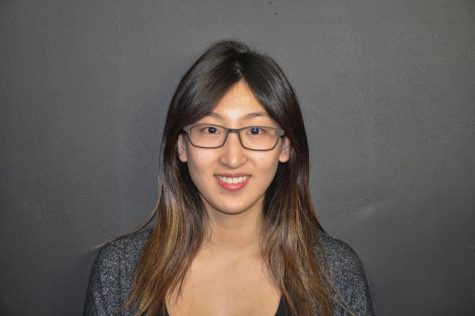
Audrey Wang is a junior at Hamilton-Wenham Regional High School. She had never heard of journalism before so she decided to try it. She is born in China...

